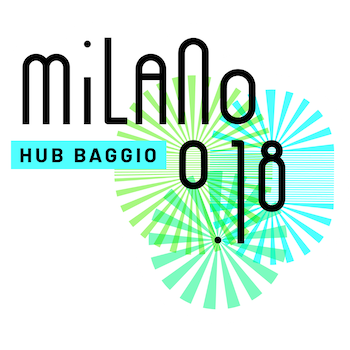Baggio (City Hall 7) until 1923 was a separate municipality, independent of the city of Milan. Located on the western edge of the metropolis, it is a distinctly unique neighborhood since, even though it is embedded in the urban fabric, it still manages to retain the identity of an old village. It gives unexpected and decidedly unique artistic glimpses, such as the many colorful majolica tiles posted on the walls to redevelop the area and which tell a bit of the history of Baggio as well as showing scenes of popular life. Then vast green areas and, above all, a vitality of civil society that has few equals in the Milan area.
A working-class neighborhood characterized by immigration from the South until the 1970s and then by waves of migration, it is an ancient settlement dating back to the Longobard era and features churches and courtyards, clubs and cafes, bookstores and parks.
Finally, talking about Baggio and not mentioning the saying “Và a Bagg a sonà l’ ôrghen” is, for a Milanese, a failing of no small magnitude. Fun fact: the saying actually refers to an organ painted on the wall in the church in Baggio, as they could not afford a real organ.


